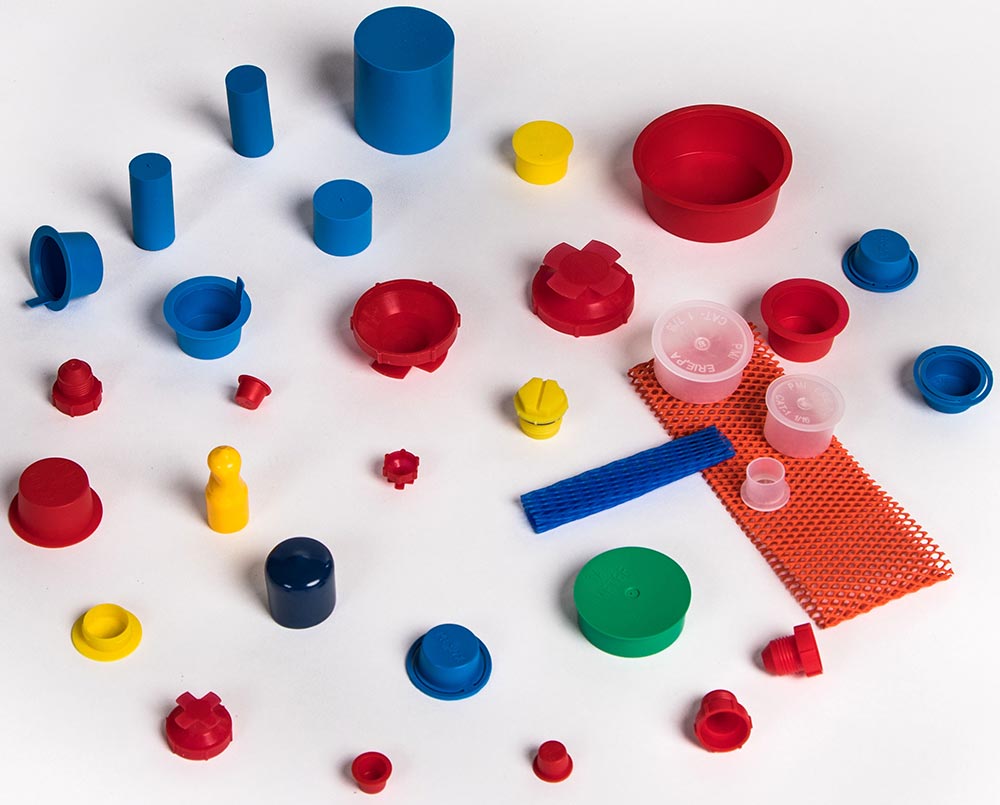News & Events


A Look at Gates and Parting Lines in Plastic Molding
Manufacturers need to consider a variety of steps in production processes to create a successful mold. Two of these steps require precision and care to prevent defects in the final product. Gates and parting lines in plastic molding are useful tools when incorporated properly. Learn more about how skilled manufacturers can use these features to create high-quality products.
Introduction to Gates in Plastic Molding
Gates are the entry points where molten plastic enters the mold cavity. The design and placement meet the project’s specifications and protect the final product from defects. These gates support the product’s structure and longevity.
Types of Gates
To protect the structural integrity of the product, manufacturers place gates in specific positions. A few types of gates commonly used in plastic molding include the following:
- Edge gates sit on the parting lines of the mold.
- Submarine gates are concealed beneath the surface to improve the aesthetic quality.
- Fan gates spread the molten plastic evenly to reduce stress and warping.
Depending on the complexity and the intended use of the item, you could use one or more of these gate designs. Submarine gates would be best for products that need an appealing cosmetic appearance. On the other hand, if you’re looking for high-volume production, edge gates are simpler.
The Role of Parting Lines
Two halves of the mold meet at the parting lines, which are visible on the surface of the final product. They are often seen as cosmetic issues and can affect the functionality of the part.
Minimizing Parting Lines
Preserve your product’s appearance and functionality by reducing parting lines on the surface. Several strategies to minimize parting lines include the following:
- Precision tooling reduces visibility by aligning the two halves of the mold perfectly.
- Optimizing mold design enhances the final product’s appearance by placing the parting line in a discreet area.
- Advanced machining techniques diminish parting lines by smoothing out the surface with additional production steps.
Plastic plug manufacturers prioritize these steps to hide unsightly blemishes in the final product. By reducing the impact of visual parting lines, you can construct a smooth and functional product for consumers.
Why Gates and Parting Lines Matter
After incorporating gates and parting lines in plastic molding, you can expect fewer defects in your production process. Reducing the number of defects in products can save you costs on wasted material and optimize your production processes. Using materials that meet your high standards produces satisfactory products for your customers.
If you’re looking to refine your molding process, use gates and parting lines to your advantage! You will be able to deliver high-quality products without unsightly blemishes or impractical structures.

